Our PhD student Joey Reiness completed his PhD and defended it in a remote viva this week. Congratulations to him! His thesis is titled Pieces of the Higgsaw and its abstract is below. The full thesis is also attached, here.
ABSTRACT:
The discovery of a 125 GeV scalar boson at the Large Hadron Collider in 2012 sparked at least as many questions as it answered. The Higgs boson is unique in being the only known fundamental scalar particle, which makes it compelling in a variety of contexts. As the field of Higgs physics has developed and aged, this era-defining boson has crept into relevance throughout all areas of high-energy physics.
This thesis looks at the Higgs boson and its potential properties in three different regimes:
The first focuses on how measurements of Higgs interactions at particle colliders can be used to discern and identify signs of new physics. A novel analysis method is presented, which uses differential observables to constrain the effects of higher-energy physics within the Standard Model Effective Field Theory framework. This approach takes advantage of expected angular structures in the matrix elements to maximise sensitivity and obtain competitive bounds on the anomalous Higgs-gauge couplings.
The second takes a more theoretical approach and looks at the potential high-energy high-multiplicity behaviour of the Higgs. Multiparticle scalar production is considered in an idealised non-perturbative limit by employing a semiclassical treatment. Previous calculations of the semiclassical rate are consolidated and extended.
The third investigates the potential role of the Higgs in the dynamics of the early universe. A unified model is presented in which minimal additional field content leads to the solution of five problems in fundamental physics. The available parameter space for this model is within the reach of proposed future experiments.
These three areas of research all have the same physics at their core but are fuelled by techniques and ideas from different fields. Together they form three small distant-yet-connected pieces of the ever-growing network of Higgs-related investigations, or Higgsaw.”


